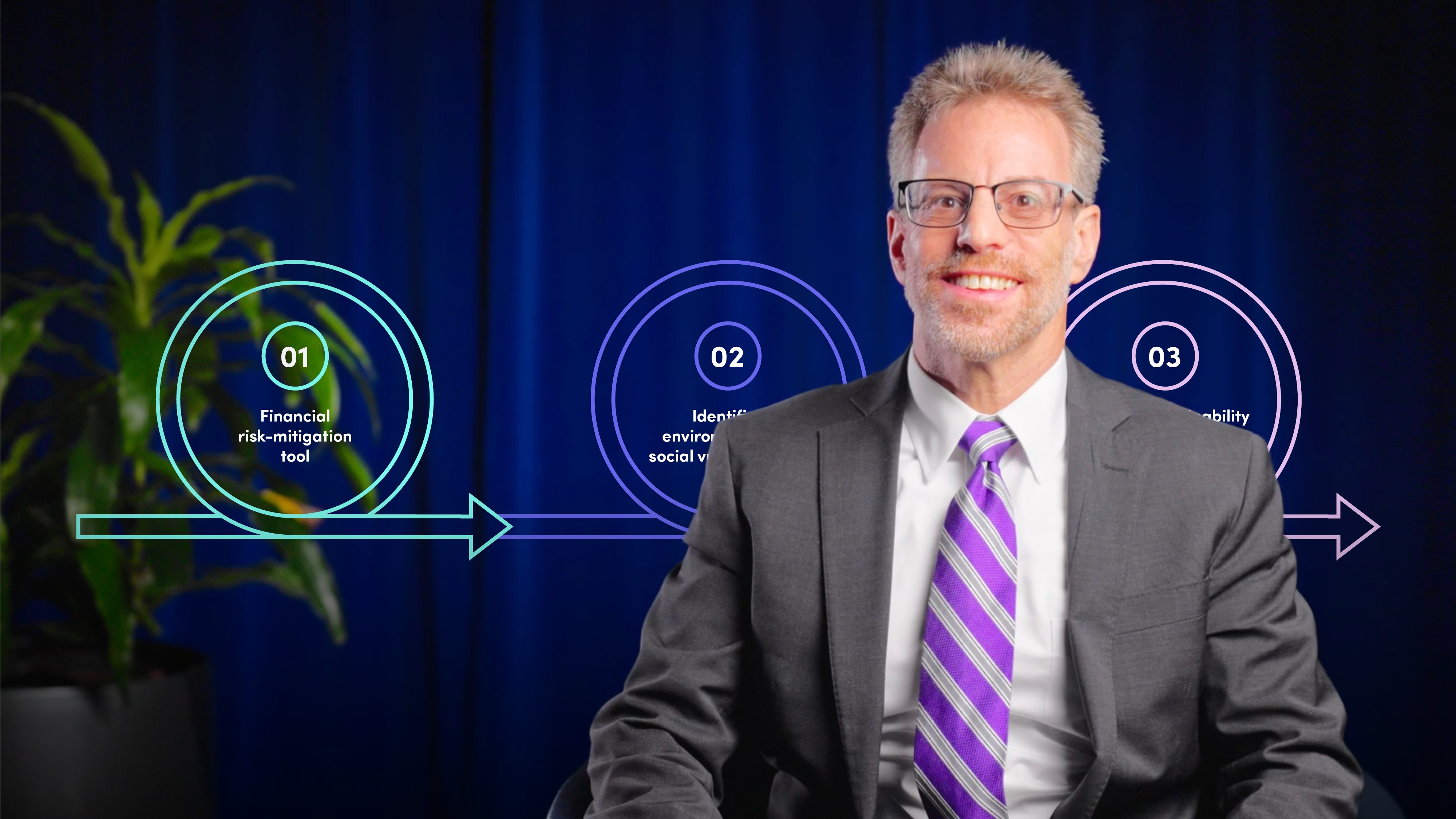
Single vs Double Materiality

Wayne Mayer
30 years: Sustainability and Corporate Social Responsibility Executive
In this video, Wayne breaks down single and double materiality, highlighting how they help companies balance financial performance with societal impact. He explains how double materiality assessments align business strategies with the UN Sustainable Development Goals (SDGs), supporting better risk management, innovation, and sustainable growth.
In this video, Wayne breaks down single and double materiality, highlighting how they help companies balance financial performance with societal impact. He explains how double materiality assessments align business strategies with the UN Sustainable Development Goals (SDGs), supporting better risk management, innovation, and sustainable growth.
Subscribe to watch
Access this and all of the content on our platform by signing up for a 7-day free trial.

Single vs Double Materiality
14 mins 9 secs
Key learning objectives:
Understand the distinctions between single and double materiality
Understand how to conduct a double materiality assessment to align business practices with sustainability goals
Identify how companies can integrate the United Nations Sustainable Development Goals (SDGs) into their materiality assessments
Overview:
Subscribe to watch
Access this and all of the content on our platform by signing up for a 7-day free trial.
Subscribe to watch
Access this and all of the content on our platform by signing up for a 7-day free trial.

Wayne Mayer
There are no available Videos from "Wayne Mayer"





























